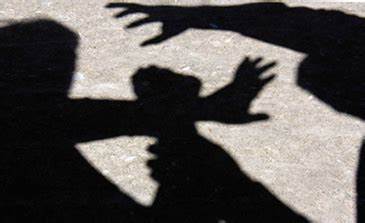Every year thousands of men and women are victims of domestic violence. Many of these cases often go unreported and lead to continual abuse. October is Domestic Violence Awareness month. Here are resources and ways to help identify if someone you know is experiencing domestic violence.

While there may be visual signs that a person is suffering from abuse or violence, there may be invisible hurts that your loved one is experiencing. If you notice that a loved one is withdrawing from socializing with others, seems nervous when discussing their partner, blames themselves for their partner’s behaviors, or shows signs of physical injury, these may also be signs of domestic violence. Sometimes, victims may also display personality changes, such as low self-esteem when they are typically confident (www.webmd.com/mental-health/mental-domestic-abuse-signs#2).
If you or someone you know are experiencing this, there are ways to get help. The National Domestic Violence Hotline provides 24/7 access to resources and support. There are also safety planning tools that can help identify the signs of domestic violence and create a plan if needed. While domestic violence is sometimes kept as a secret, it does not have to be. If you or someone you know is experiencing a violent or toxic relationship, reach out for support, there are additional resources to help.
Chante’ Gamby is a writer and therapist passionate about social justice and empowering others to live their best lives. You can follow her on Facebook at Fringefam, Instagram@fringegram, or on her website, www.fringefam.com.
